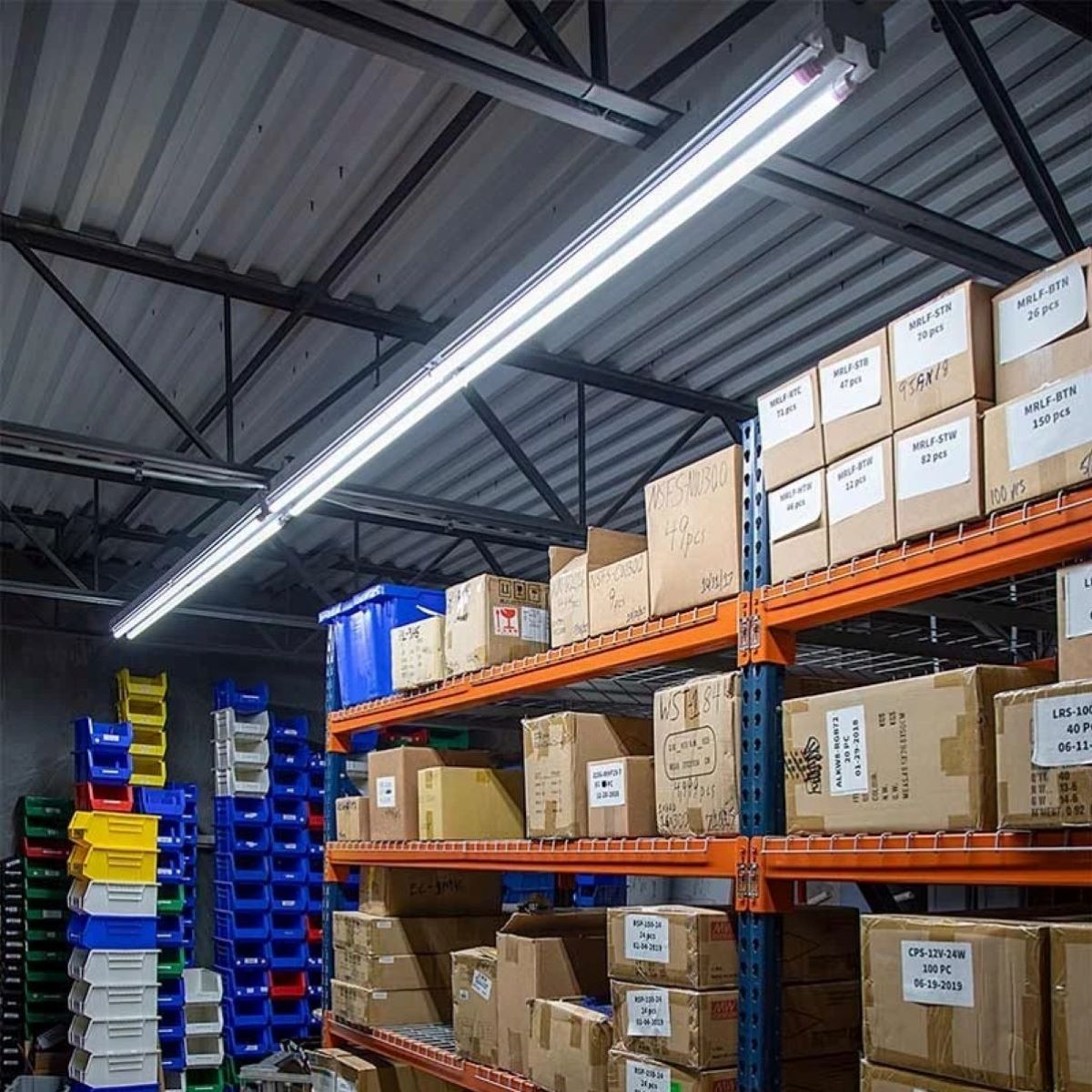

Articles
How To Convert Fluorescent Tubes To LED
Modified: March 1, 2024
Learn how to convert fluorescent tubes to LED with our informative articles. Upgrade your lighting to save energy and money today.
(Many of the links in this article redirect to a specific reviewed product. Your purchase of these products through affiliate links helps to generate commission for Storables.com, at no extra cost. Learn more)
Introduction
Welcome to the world of LED lighting, where energy efficiency and long-lasting performance are the new norms. If you’re tired of dealing with the flickering and humming of traditional fluorescent tubes, then it’s time to consider converting them to the superior LED technology.
Fluorescent tubes have been a popular lighting choice for decades, providing bright and efficient illumination in various settings. However, they come with several drawbacks such as high energy consumption, limited lifespan, and the hazardous presence of mercury. On the other hand, LED (light-emitting diode) lights offer a wide range of benefits that make them an ideal replacement for fluorescent tubes.
In this article, we will explore the process of converting fluorescent tubes to LED lighting. We will discuss the benefits of making the switch, the tools and materials you will need, and provide a step-by-step guide on how to successfully complete the conversion. Additionally, we will address common troubleshooting issues during the process and highlight important safety precautions to follow.
By the end of this article, you will have all the information and guidance you need to transform your outdated fluorescent lighting into energy-efficient, long-lasting LED illumination.
Key Takeaways:
- Say goodbye to flickering and humming fluorescent tubes! Convert to LED for energy efficiency, longer lifespan, better light quality, and eco-friendliness. Enjoy the benefits of a brighter, sustainable future.
- Transform your space with LED lighting! Follow the step-by-step guide, gather the right tools, and prioritize safety for a successful conversion. Say hello to energy efficiency and long-lasting illumination.
Benefits of converting fluorescent tubes to LED
Converting fluorescent tubes to LED lighting offers a multitude of benefits that make it a worthwhile investment. Here are some of the key advantages:
- Energy efficiency: One of the most significant benefits of LED lighting is its exceptional energy efficiency. LED lights consume significantly less energy compared to fluorescent tubes, leading to reduced electricity bills and lower energy consumption.
- Long lifespan: LED lights have a much longer lifespan compared to fluorescent tubes. While fluorescent tubes usually last around 10,000 to 15,000 hours, LED lights can provide illumination for up to 50,000 hours or more. This means less frequent replacement and lower maintenance costs.
- Better quality of light: LED lights produce a higher quality light compared to fluorescent tubes. They offer a brighter, more consistent illumination that can enhance the visibility and clarity of your space. LED lights also have excellent color rendering capabilities, allowing for accurate color representation.
- Instantaneous illumination: Unlike fluorescent tubes that can take a few seconds to reach full brightness, LED lights instantly provide full illumination as soon as they are turned on. This feature is especially useful in areas where immediate lighting is required, such as offices, warehouses, and parking lots.
- Mercury-free: Fluorescent tubes contain a small amount of mercury, which can be harmful to the environment if not disposed of properly. LED lights, on the other hand, are mercury-free, making them a safer and more eco-friendly lighting option.
- Design versatility: LED lights come in a wide range of shapes and sizes, allowing for versatile and creative lighting designs. Whether you need recessed lighting, track lighting, or decorative fixtures, there is an LED solution to suit your specific needs and aesthetic preferences.
By converting your fluorescent tubes to LED lighting, you can enjoy these benefits and more. Improved energy efficiency, longer lifespan, better quality of light, and design flexibility are just some of the advantages that make LED lights a superior choice for both residential and commercial applications.
Tools and materials needed for the conversion
Before you embark on the task of converting fluorescent tubes to LED lighting, it’s essential to gather the necessary tools and materials. Here’s a list of what you’ll need:
- LED tube lights: Purchase LED tube lights that are compatible with your existing fixtures. Ensure that the LED tubes have the same size and type of connector as your fluorescent tubes.
- Screwdriver set: A set of screwdrivers will be needed to remove the existing fluorescent tubes and install the LED tube lights. Make sure you have various sizes and types of screwdrivers to handle different types of screws.
- Wire cutters/strippers: You may need wire cutters or wire strippers to remove the electrical connections of the fluorescent tubes. These tools will help you safely disconnect and rewire the LED lights.
- Electrical tape: Electrical tape is essential for securing and insulating the electrical connections. Use high-quality electrical tape to ensure a reliable and long-lasting connection.
- Ladder or step stool: Depending on the height of your fixtures, you may need a ladder or step stool to safely reach the fluorescent tubes and perform the conversion. Ensure that the ladder or step stool is stable and secure.
- Safety glasses and gloves: It’s important to prioritize safety during the conversion process. Wear safety glasses to protect your eyes from debris and gloves to protect your hands. Safety should always be your top priority.
- Voltage tester: A voltage tester will help you verify that the power supply to the fluorescent fixtures is switched off before you begin working on the conversion. This ensures that you are working in a safe environment.
Make sure to have all the necessary tools and materials before you start the conversion process. Having everything readily available will help streamline the process and ensure a smooth transition to LED lighting. Additionally, always refer to the manufacturer’s instructions for the LED tube lights and follow their recommendations for a successful conversion.
Step-by-step guide on converting fluorescent tubes to LED
Converting fluorescent tubes to LED lighting may seem like a daunting task, but with the right approach, it can be a straightforward process. Follow this step-by-step guide to successfully convert your fluorescent tubes to LED:
- Prepare the work area: Turn off the power supply to the fluorescent fixtures and ensure that they are completely switched off. Use a voltage tester to verify that there is no electrical current present.
- Remove the fluorescent tubes: Carefully remove the existing fluorescent tubes by gently twisting them counterclockwise or sliding them out of their sockets. Set aside the removed tubes in a safe place.
- Disconnect the electrical connections: Use wire cutters or wire strippers to disconnect the electrical connections of the fluorescent tubes. Be cautious and ensure that the power is off before touching any wires.
- Install LED tube lights: Take the LED tube lights and align them with the sockets. Insert the tubes into the sockets and rotate them clockwise to secure them in place. Ensure a firm and stable connection.
- Connect the electrical wires: Carefully connect the electrical wires of the LED tube lights to the corresponding electrical connections in the fixture. Ensure proper insulation using electrical tape to prevent any short circuits.
- Secure the LED tube lights: Once the electrical connections are securely made, ensure that the LED tube lights are properly aligned and seated in the sockets. Make sure they are firmly in place before moving on.
- Test the LED lights: Once everything is connected and secure, turn on the power supply and test the LED lights. Ensure that they illuminate and operate correctly. If any issues arise, double-check the connections and troubleshoot as necessary.
- Repeat the process for other fixtures: If you have multiple fixtures to convert, repeat the steps for each one until all fluorescent tubes have been replaced with LED tube lights.
- Clean up and dispose of materials: Dispose of the old fluorescent tubes safely and clean up the work area. Recycle the tubes according to local regulations for proper disposal.
By following these step-by-step instructions, you can successfully convert your fluorescent tubes to LED lighting. Always prioritize safety, double-check your connections, and refer to the manufacturer’s instructions for any specific guidelines. Enjoy the benefits of energy-efficient and long-lasting LED illumination in your space!
When converting fluorescent tubes to LED, make sure to choose the right LED tube that is compatible with the existing ballast or choose a direct-wire LED tube and bypass the ballast for better energy efficiency.
Troubleshooting common issues during the conversion process
While converting fluorescent tubes to LED lighting is generally a smooth process, there can be some common issues that may arise. Here are some troubleshooting tips to help you address these problems:
- LED lights not turning on: If the LED lights don’t turn on after installation, double-check the electrical connections. Ensure that all wires are properly connected and that there is a secure contact between the LED tube lights and the sockets. Check for any loose or damaged wires and re-connect if necessary.
- Flickering or inconsistent lighting: Flickering or inconsistent lighting can be caused by incompatible LED tube lights or poor connections. Ensure that you have purchased LED tube lights that are compatible with your existing fixtures. If the flickering persists, try replacing the LED tube lights with ones of a different brand or model.
- Dim lighting or uneven brightness: Dim lighting or uneven brightness can occur if the power supply to the fixtures is insufficient. Check that the electrical circuit can handle the power requirements of the LED tube lights. If necessary, consult a licensed electrician to ensure the proper power supply to your lighting fixtures.
- Buzzing or humming noises: Buzzing or humming noises can be caused by electromagnetic interference or incompatible ballasts. LED tube lights are designed to work with electronic ballasts, so ensure that your ballasts are compatible. If using magnetic ballasts, you may need to replace them with electronic ballasts or bypass the ballast altogether.
- Overheating: LED lights generate significantly less heat than fluorescent tubes, but overheating can still occur if the fixtures are not properly ventilated. Ensure that there is adequate airflow around the LED tube lights and that the fixtures are not covered or obstructed. If necessary, consider installing cooling fans or heat sinks to dissipate excess heat.
If you encounter any issues during the conversion process, it’s important to approach troubleshooting with caution. Double-check your connections, refer to the manufacturer’s instructions, and seek professional assistance if needed. With patience and persistence, you can resolve common issues and enjoy the benefits of LED lighting in your space.
Safety precautions to follow when converting fluorescent tubes to LED
When undertaking the conversion of fluorescent tubes to LED lighting, it’s crucial to prioritize safety to prevent any accidents or injuries. Here are some essential safety precautions to follow during the process:
- Turn off the power: Before starting any work, make sure to turn off the power supply to the fluorescent fixtures and use a voltage tester to ensure that there is no electrical current present. This will prevent any risk of electric shock.
- Use personal protective equipment: Wear safety glasses to protect your eyes from debris or falling objects. Gloves should be worn to protect your hands when handling the fluorescent tubes and working with electrical connections.
- Secure the ladder or step stool: If you need to use a ladder or step stool to access the fixtures, ensure that it is stable and secure. Place it on a flat, even surface, and ask for assistance if needed.
- Handle fluorescent tubes with care: Fluorescent tubes are fragile and can break easily, posing a risk of cuts and exposure to harmful substances. Handle them with care, avoiding any excessive pressure or impact. If a tube breaks, clean up the broken glass using gloves and dispose of it in accordance with local regulations.
- Be cautious of exposed wiring: During the conversion process, you will be working with electrical connections. Avoid touching exposed wires and always use wire cutters or wire strippers to disconnect and reconnect wires properly. Ensure that the power is turned off before working on any wiring.
- Follow manufacturer’s instructions: Each LED tube light may have specific installation requirements. Read and follow the manufacturer’s instructions carefully to ensure that the conversion process is carried out correctly and safely.
- Dispose of materials properly: When removing the fluorescent tubes, be mindful of their disposal. Fluorescent tubes contain small amounts of mercury, which can be hazardous to the environment if not disposed of correctly. Recycle the tubes according to local regulations or take them to a designated recycling facility.
Remember, if you are unsure about any aspect of the conversion process or encounter any safety concerns, it’s best to consult a licensed electrician for assistance. Your safety should always be the priority when working with electrical components.
By following these safety precautions, you can minimize the risk of accidents and ensure a safe and successful conversion of fluorescent tubes to LED lighting.
Conclusion
Converting fluorescent tubes to LED lighting is a smart and rewarding decision that offers numerous benefits. By making the switch, you can enjoy enhanced energy efficiency, longer lifespan, better quality of light, and a safer lighting option that is free from hazardous materials.
In this article, we have covered the step-by-step process of converting fluorescent tubes to LED, discussed the tools and materials needed for the conversion, and provided troubleshooting tips for common issues. Additionally, we emphasized the importance of following safety precautions to ensure a safe working environment.
LED lighting not only provides brighter and more efficient illumination but also offers design versatility with a wide range of options available. Whether you are upgrading your home lighting or transforming a commercial space, LED technology is a reliable and sustainable choice.
Remember to carefully choose LED tube lights that are compatible with your fixtures, ensure proper electrical connections, and observe safety measures throughout the conversion process. By doing so, you can enjoy the numerous benefits of LED lighting while minimizing any potential risks.
So, why wait? Make the switch from fluorescent to LED lighting and experience the transformation in your space. Enjoy the benefits of energy efficiency, longevity, improved lighting quality, and a more environmentally friendly option. Illuminate your surroundings with the brilliance and reliability of LED technology.
Take the first step towards a brighter and sustainable future by converting your fluorescent tubes to LED lighting today!
Frequently Asked Questions about How To Convert Fluorescent Tubes To LED
Was this page helpful?
At Storables.com, we guarantee accurate and reliable information. Our content, validated by Expert Board Contributors, is crafted following stringent Editorial Policies. We're committed to providing you with well-researched, expert-backed insights for all your informational needs.
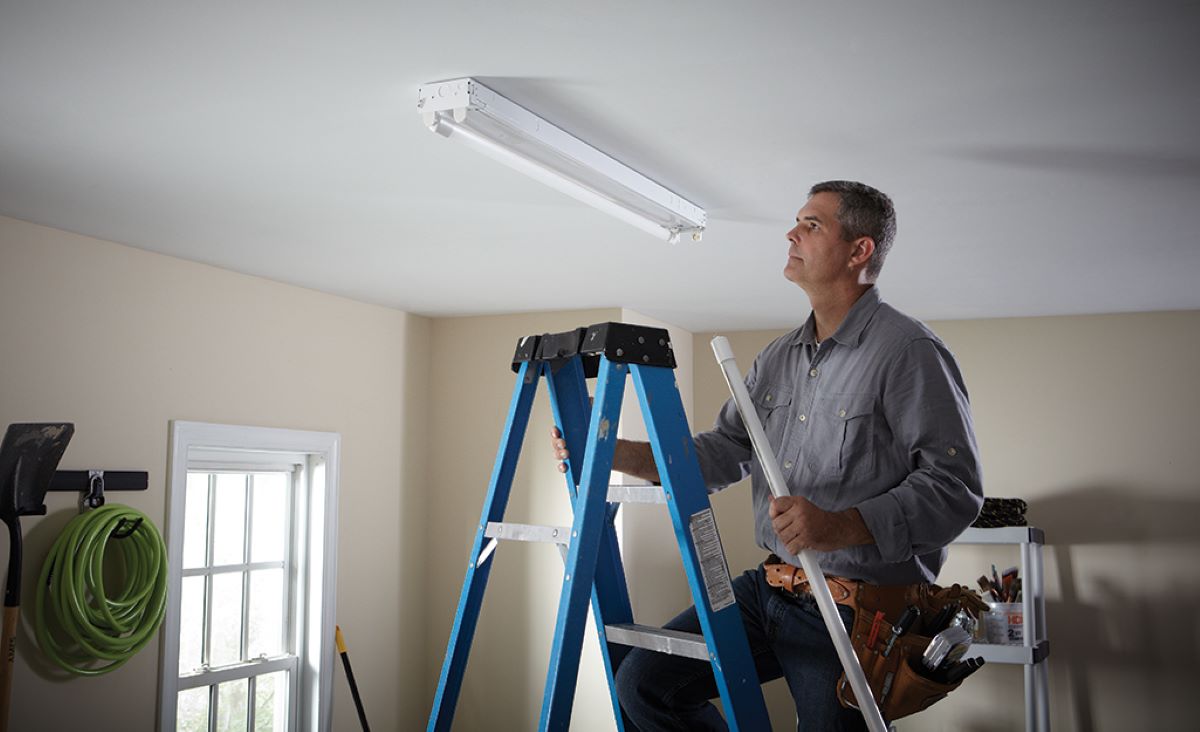
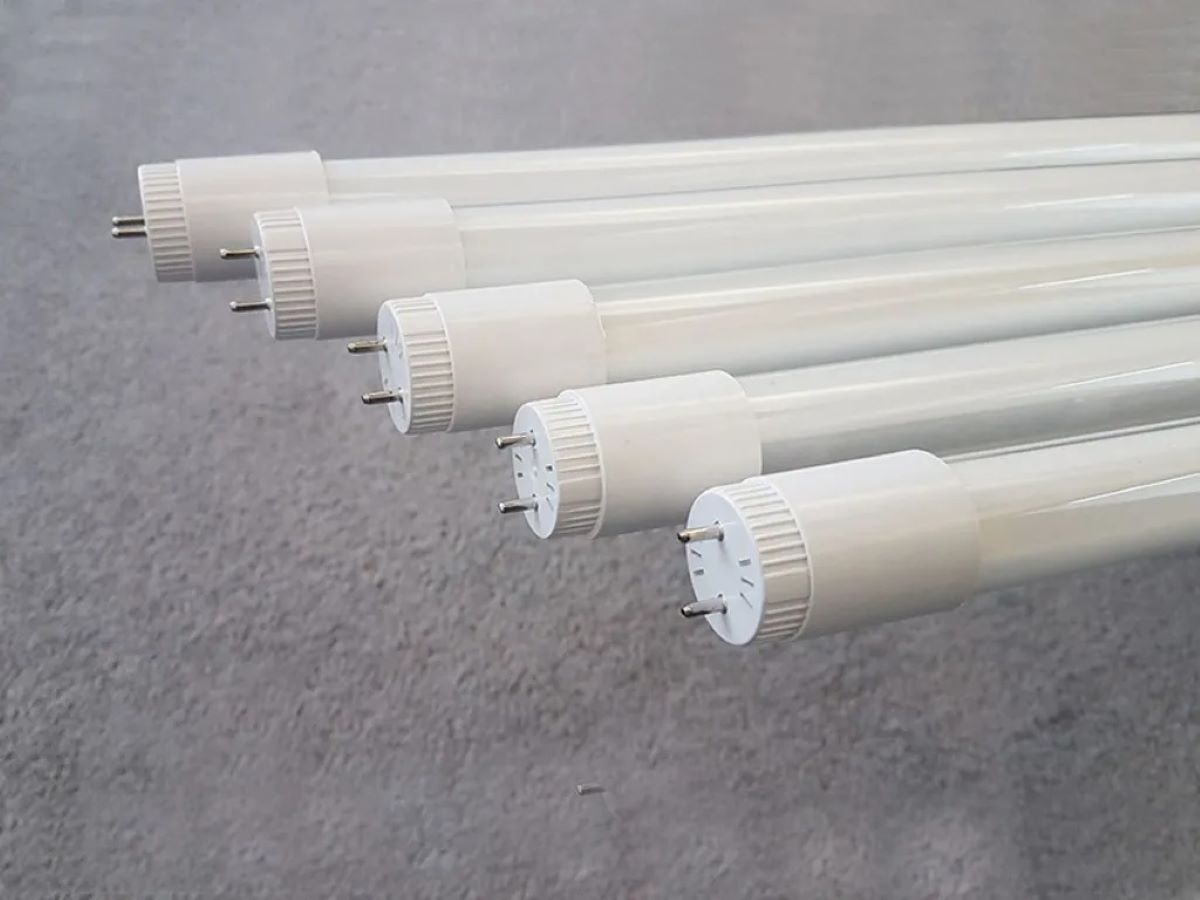
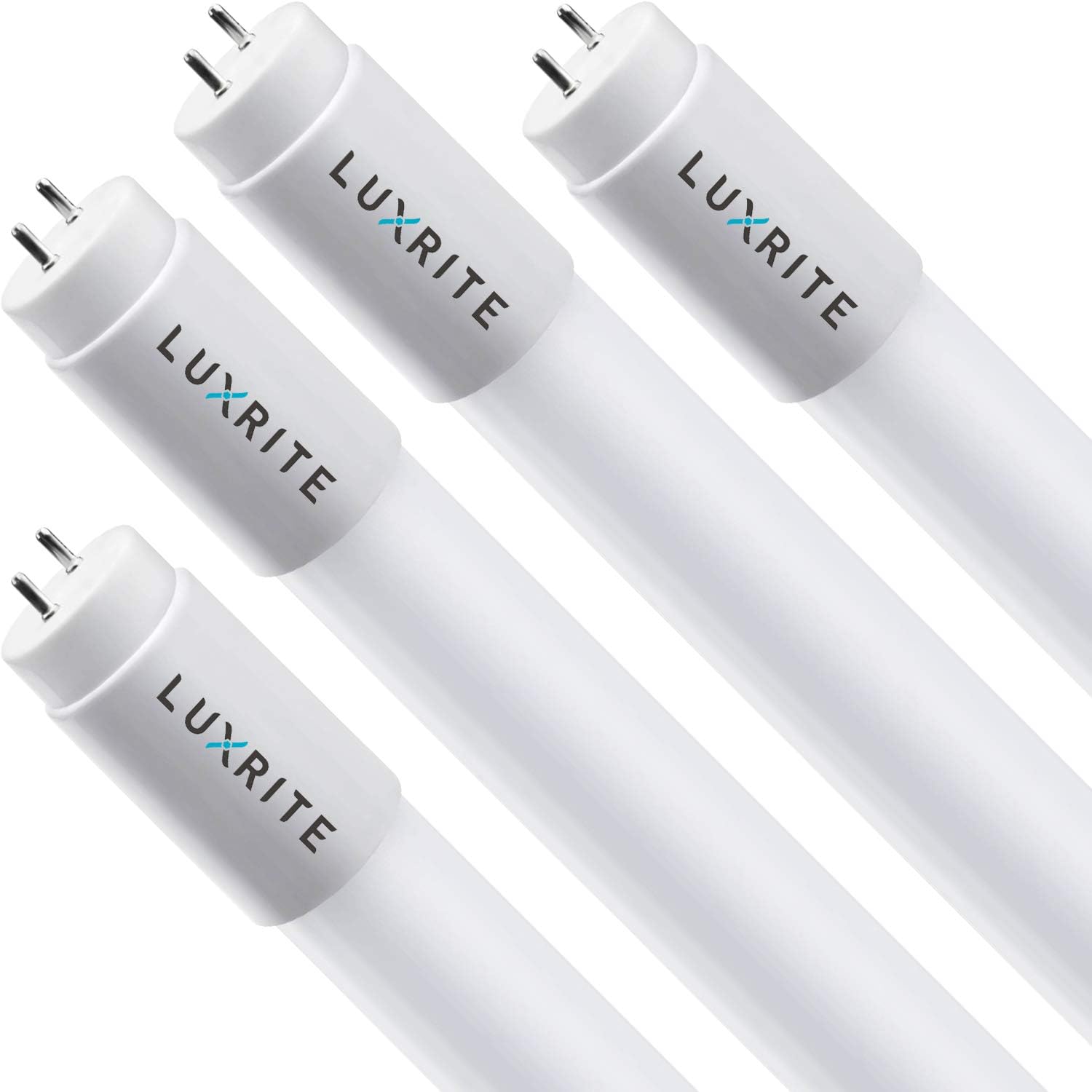
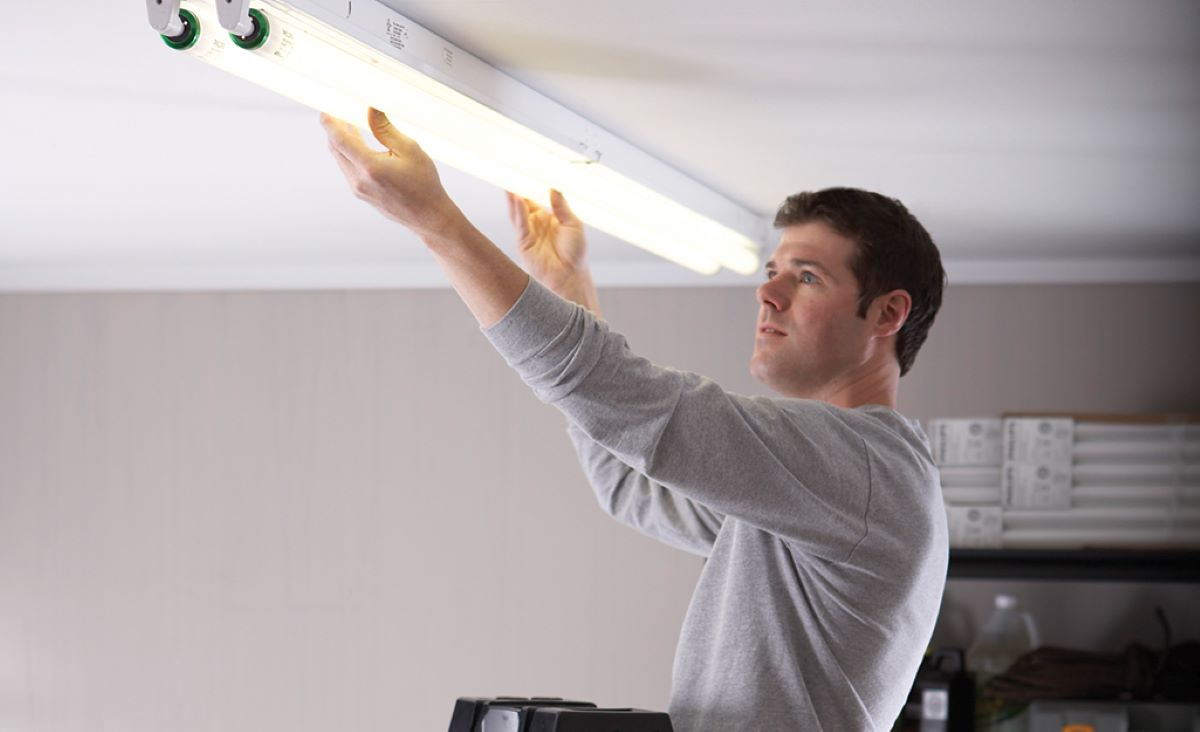
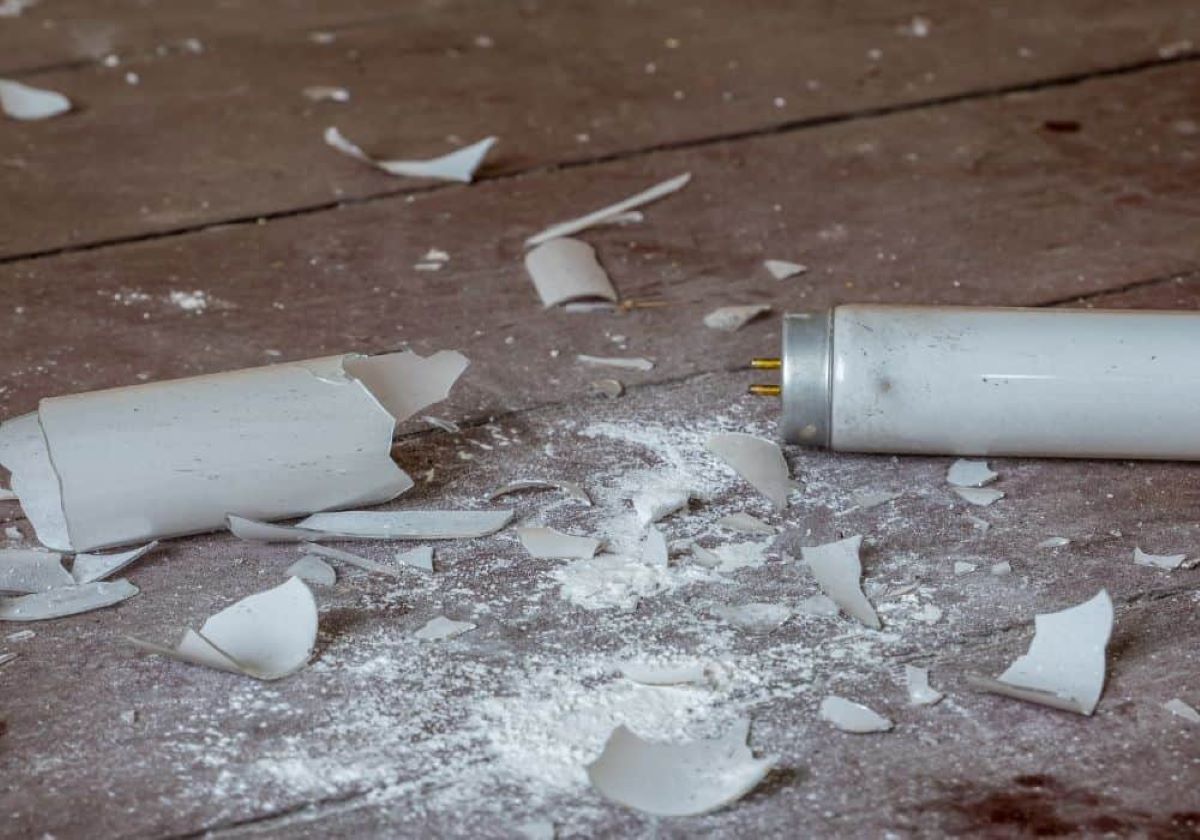
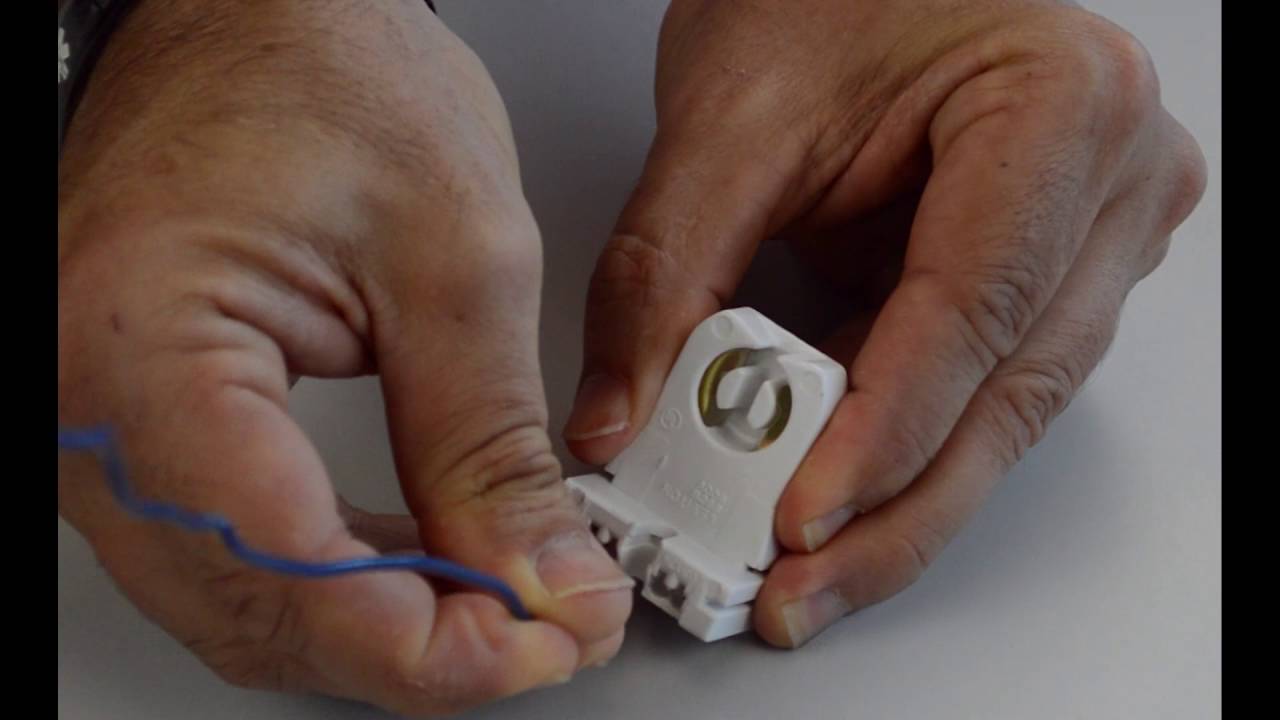
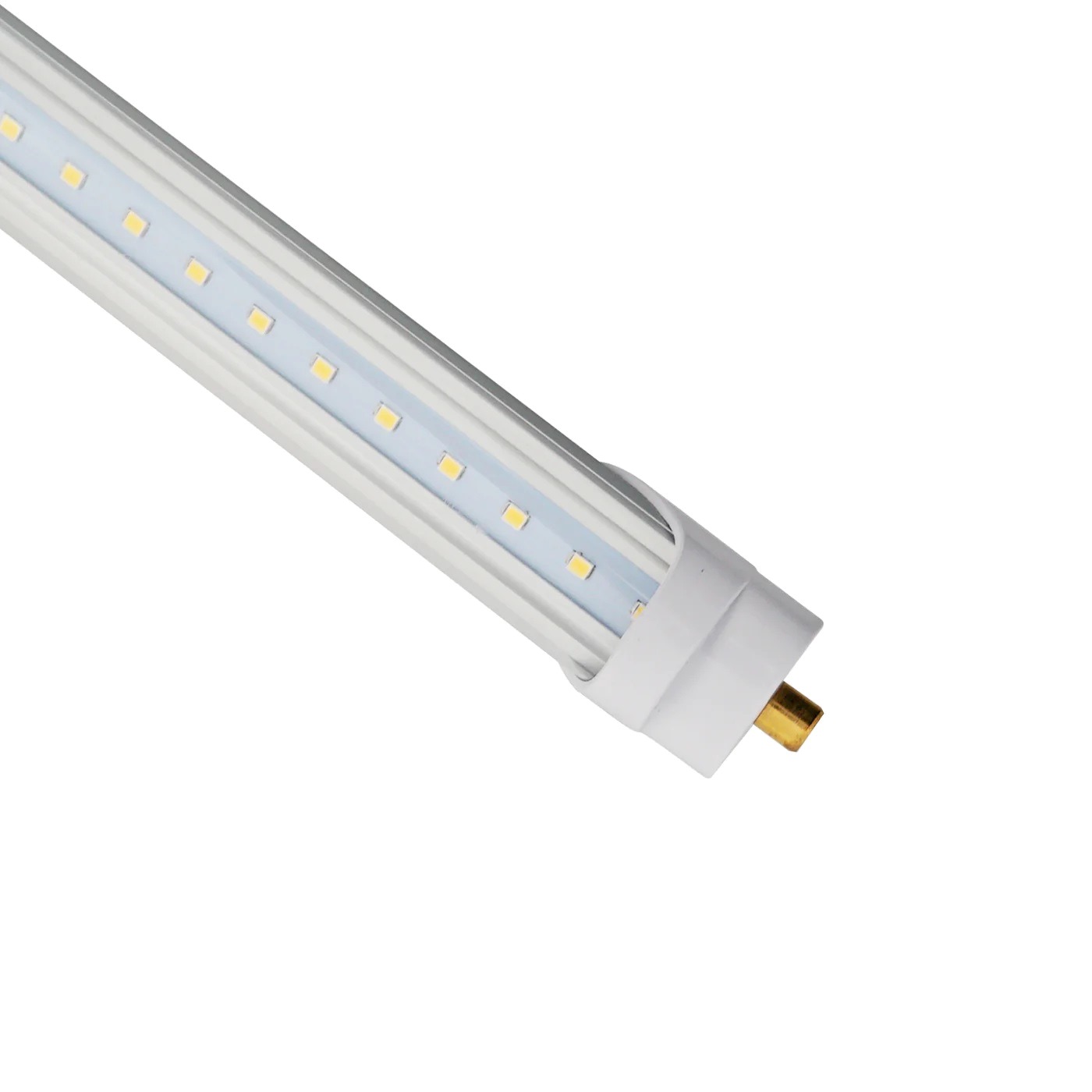
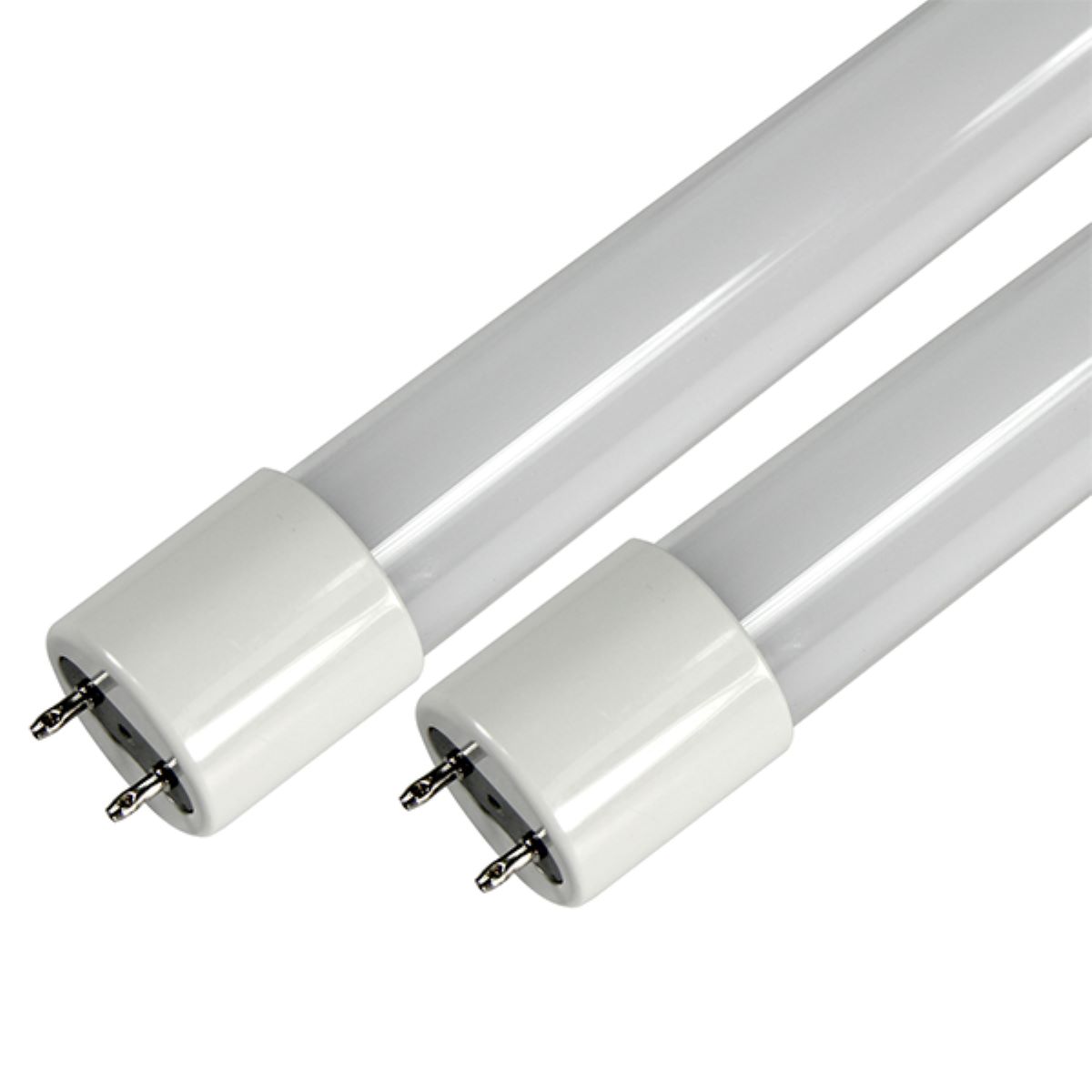
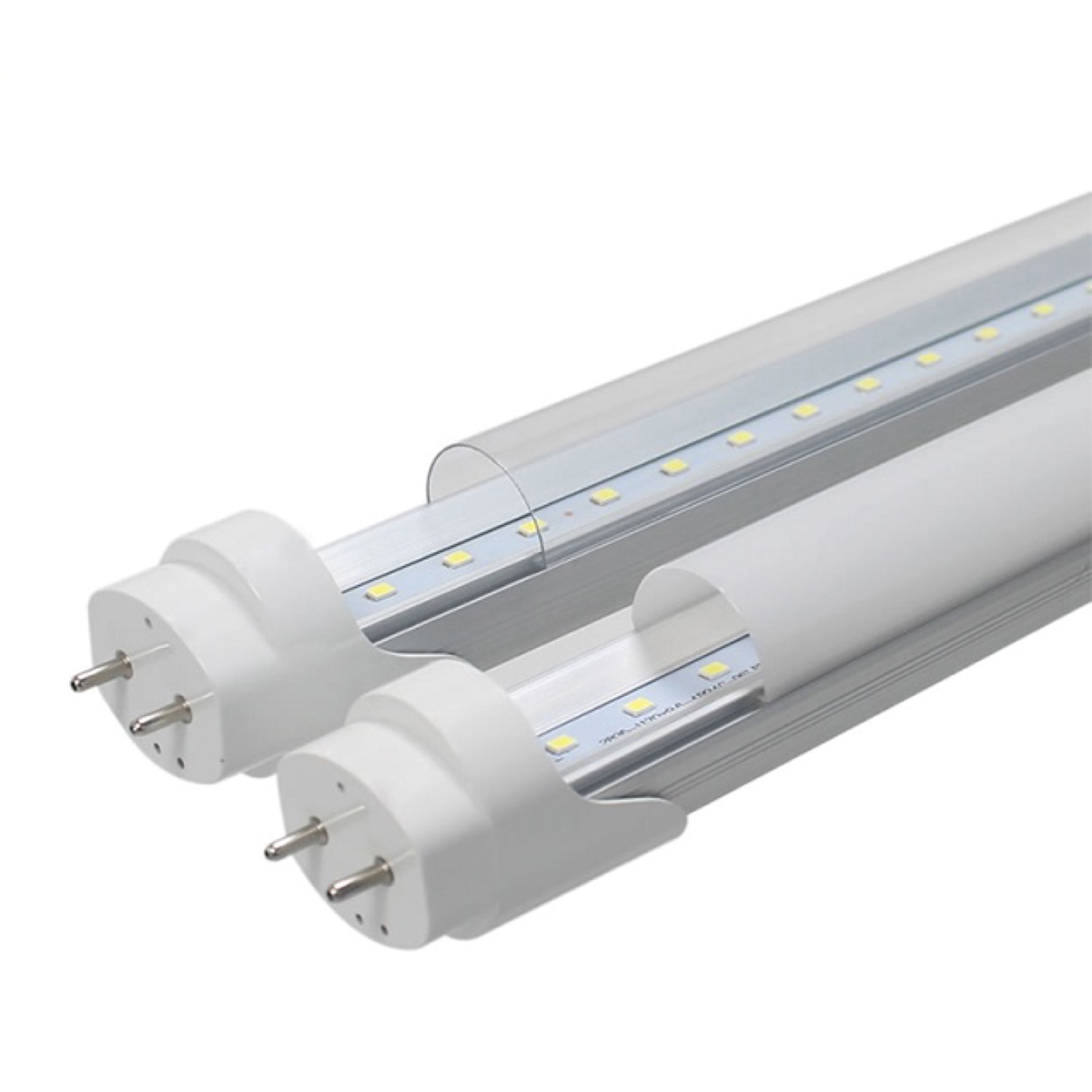
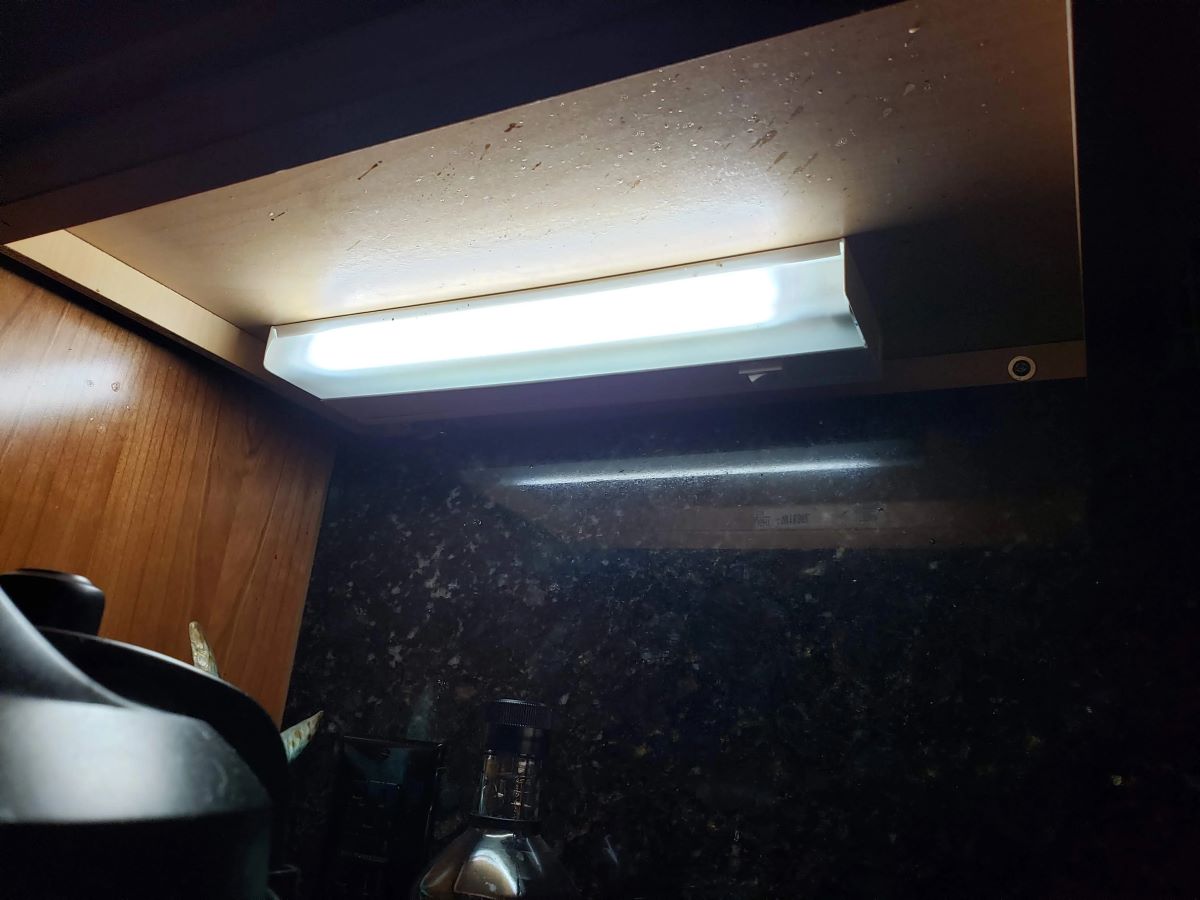
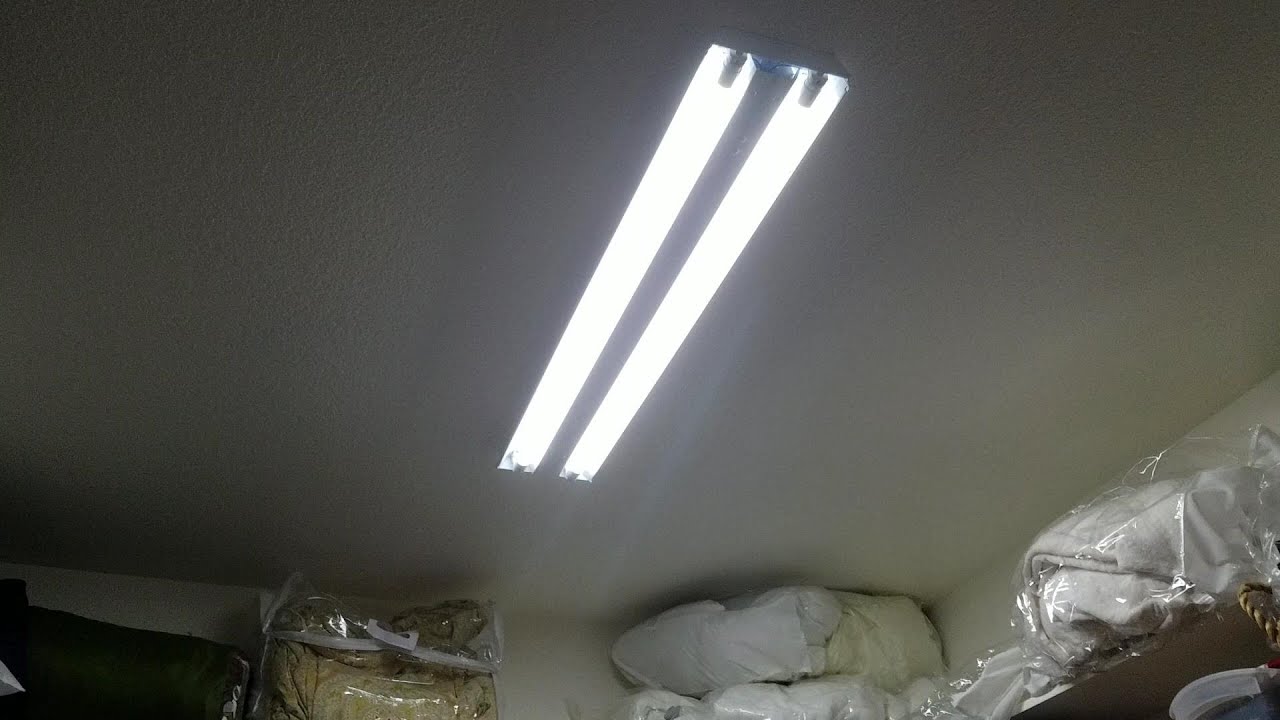
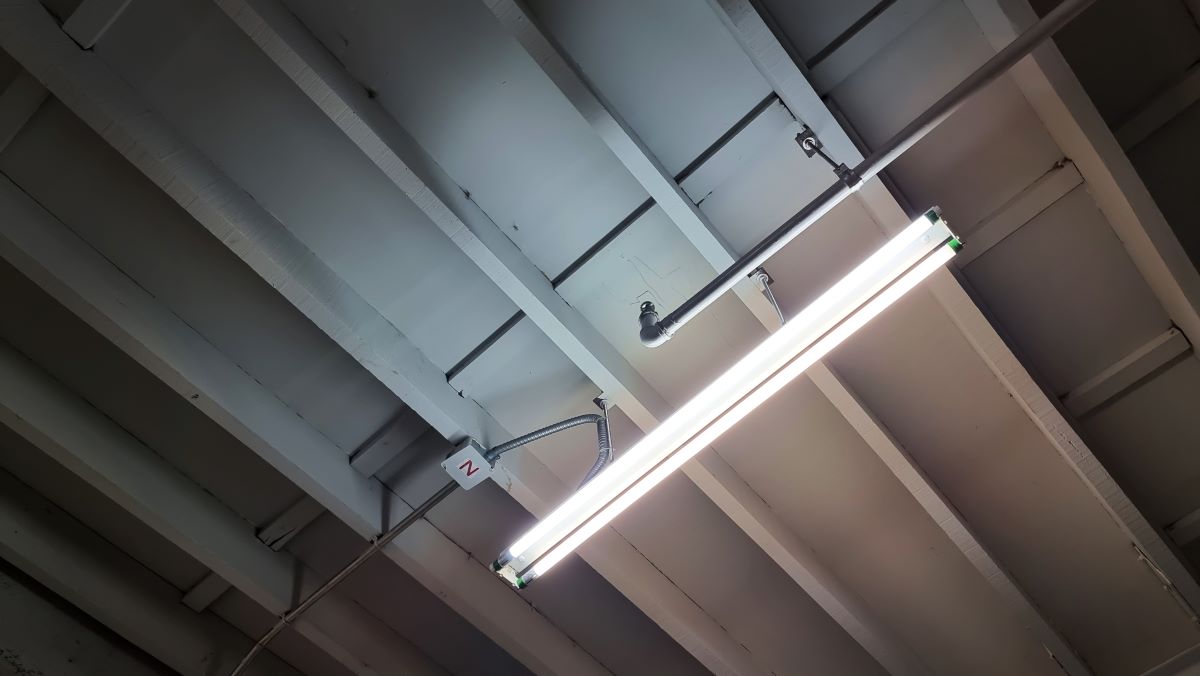
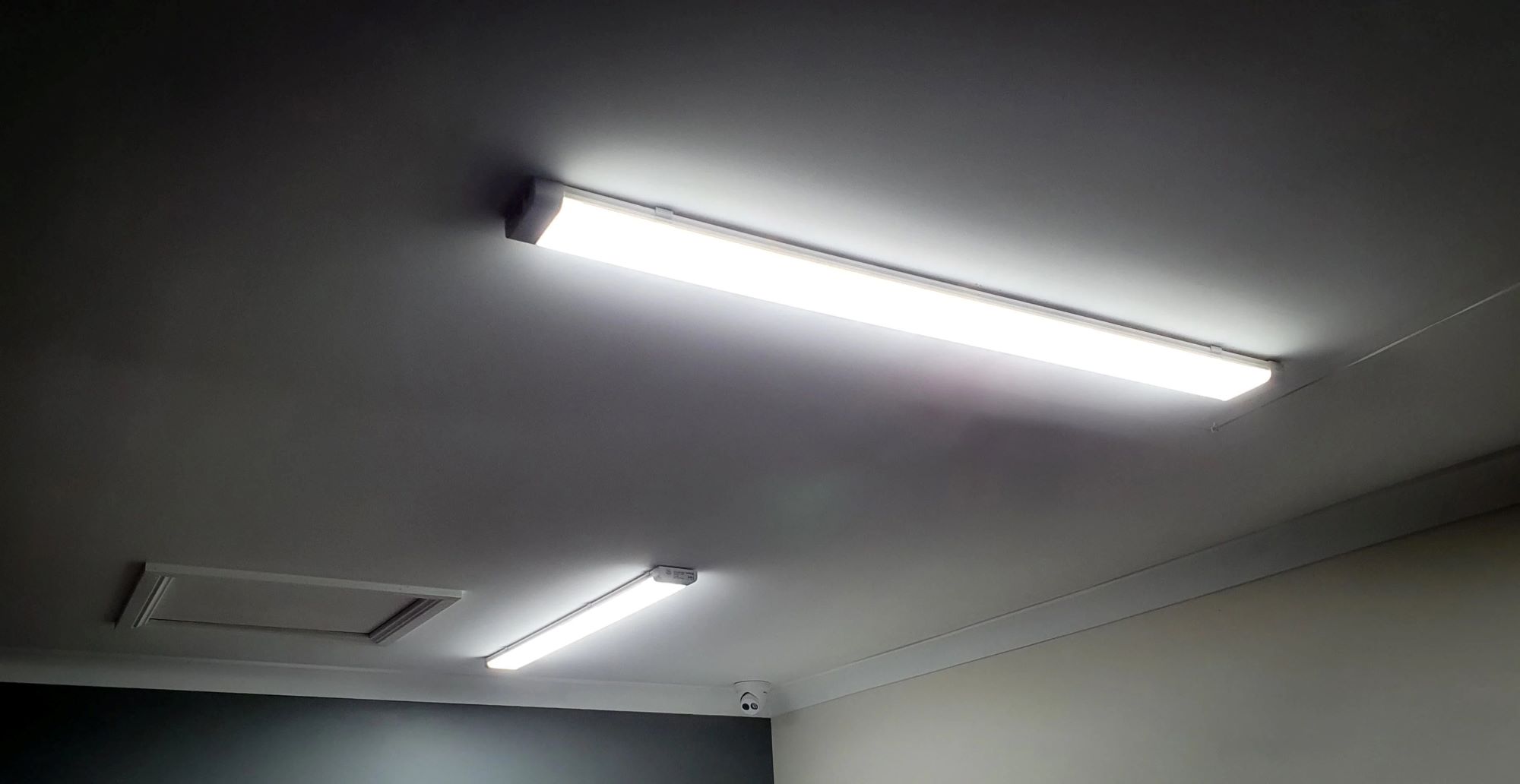
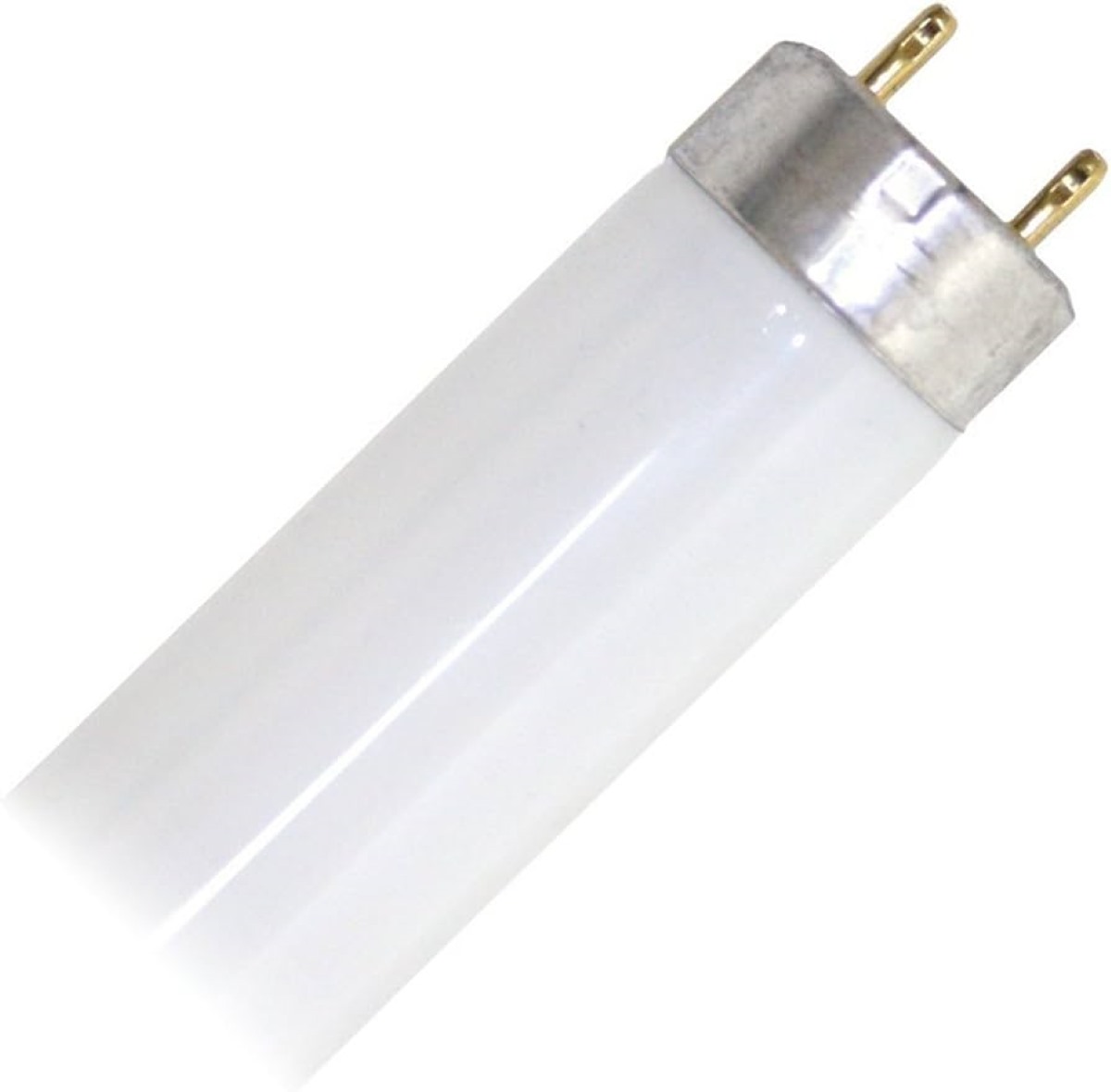

0 thoughts on “How To Convert Fluorescent Tubes To LED”